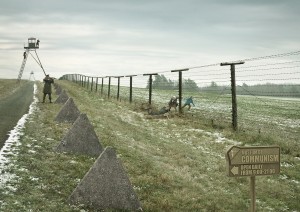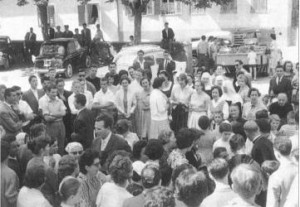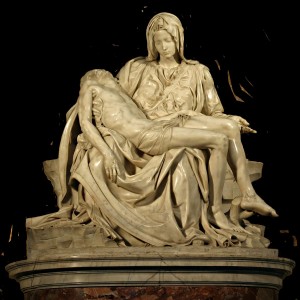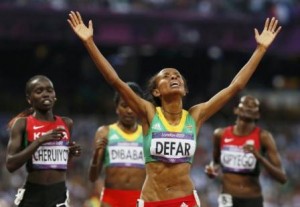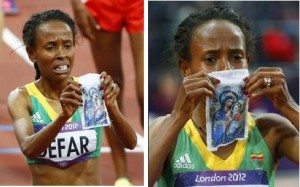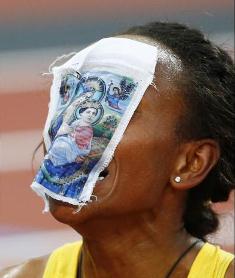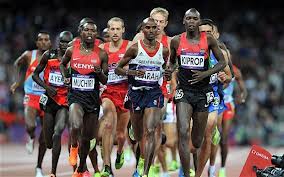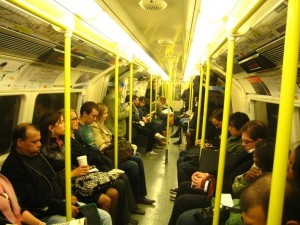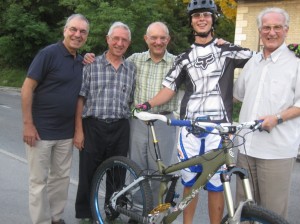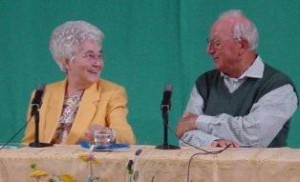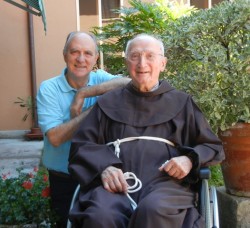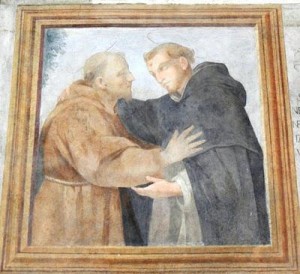 |
The famous portrait of the meeting of Saints Francis and Dominic, allegedly in Rome 1215, at the Dominican Church Our Lady, above the Minerva, Rome
Just before he died, Jesus prayed: “That They All May Be One”, often put into Latin as “Ut Unum Omnes Sint”; listening to a person speaking when they are about to die, what they say often really sums up their life – their last will and testament – so it was with Jesus; he was leaving us his last bequest. Unity fascinates me and gives purpose to my life as it imparts a vision of how life should be in all its aspects; that vision is wide-ranging and includes church, state, families, factories, schools, different countries, different Christian denominations, different religions, young, old, differing racial groups, philosophies, theologies, art, history, education, family life – and so the list goes on.
In this connection, I would like to share an event that illustrates, for me, what this unity can be like, in practice, and in origin.
One beautiful aspect of this is unity between the different Religious Orders in the Church, described for us in a portrait of the famous meeting between Saints Francis of Assisi and Dominic of Spain. Both of them were contemporary founders of different religious orders, with different, divinely given, distinct Charisms by God, for the good of the Church and humanity. There is only one Holy Spirit, so these can, and should, work together. Those of us with some knowledge of the history of the Church know how far apart religious orders have sometimes been over the centuries. It makes me wonder, at least, whether or not Christianity has truly been lived in its 2,000 years of life, and whether there is still much, if not all, to be discovered?
Yet there are glimpses, everywhere, of the great reality, and this for me is one portrait of the joy and humility when brothers and sisters live in unity:
How good and how pleasant it is when brothers (and sisters) live in unity!
… for there the Lord gives his blessing, life for ever. (Psalm 133)
My Dominican friend, Fr. Valentino Ferrari OP, has died this last week, in Rome, at the age of 90. He, too, lived and died for this ideal of unity, together with many others, including men in Religious Life. He and his great Franciscan friend, Fr. Andrea Balbo OFM, (always given the name of Fr. Novo,) both celebrated 60 years of priesthood together, and below is a picture of them giving each other the sign of peace, at their celebration some two years ago.
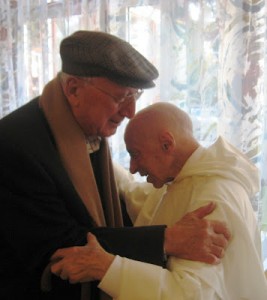 |
Fr. Novo (Andrea Balbo) OFM and Fr. Valentino Ferrari OP in 2009 both passionate for what is often called the “Ut Omnes” on their Diamond Jubilee of Priesthood.
Fr. Novo said in his homily on that occasion: “In 1949 I was ordained in Bethlehem, and Fr. Valentino in Rome; but in God’s plan, in the plan of Our Lady, our souls became like those of brothers. I am a Franciscan, he a Dominican and we have repeated in our lives the embrace of St. Francis and St. Dominic, and I pray that it will go on forever in Paradise. Here in this chapel is also the tomb of Igino Giordani and of Chiara Lubich and both remind us of the same reality. Giordani was in the Dominican third order, as Chiara was a member of the Franciscan third order; otherwise she would have been known by her maiden name Sylvia. Once again, the Lord who has willed to return here to this earth today, born by “The Mystical Mary” of those united in his name (Matthew 18: 20) has willed that this “Mystical presence of Mary” should be born by the unity on two saints who live again in their sons, Francis and Dominic.
Fr. Novo died on 28 July 2012, and Fr. Valentino on 27 August 2012; both were very well known to me, a Benedictine, and so, in that same embrace, we can also put St. Benedict.
Readers of the Mailpress are advised to visit the main web site to view the blog in its orginal format.
